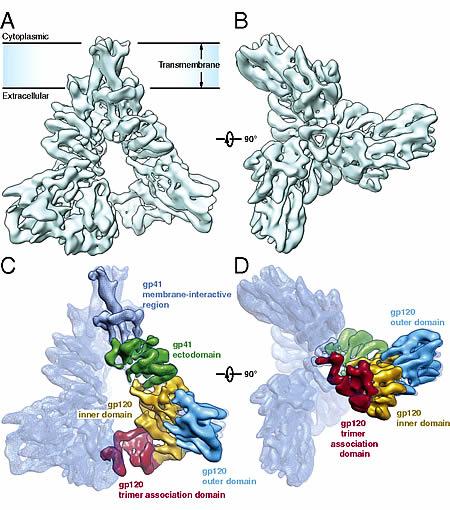Advancements in Immunotherapy
HIV infects a critical population of immune cells (CD4 T cells), resulting in an immunodeficiency syndrome that predisposes to opportunistic infections and cancer. A shared interest by HIV and cancer immunology investigators is the development of vaccines that stimulate strong CD8 T cell responses. Also, there are fundamental similarities in the molecular mechanisms that impair the function of CD8 T cells in chronic HIV infection and cancer. In both settings, chronic antigen exposure results in upregulation of inhibitory receptors (such as PD-1) that impair cytotoxic T cell function (T cell exhaustion).
The study of the HIV virus has a long-standing history at Dana-Farber, and the group has made important contributions to our understanding of:
- The structure of key HIV proteins (Sodroski, Engelman)
- The mechanism of viral integration in the genome of infected CD4 T cells (Engelman)
- The mechanisms by which the virus causes neuro-AIDS and establishes a reservoir in the CNS (Gabuzda)
The Marasco Lab has developed phage-display-based antibody libraries that enable isolation of human antibodies against virtually any antigen. These libraries are being used for isolation of neutralizing antibodies against influenza and emerging viral pathogens. The lab has also started to develop human antibodies against inhibitory immune molecules for cancer immunotherapy.
